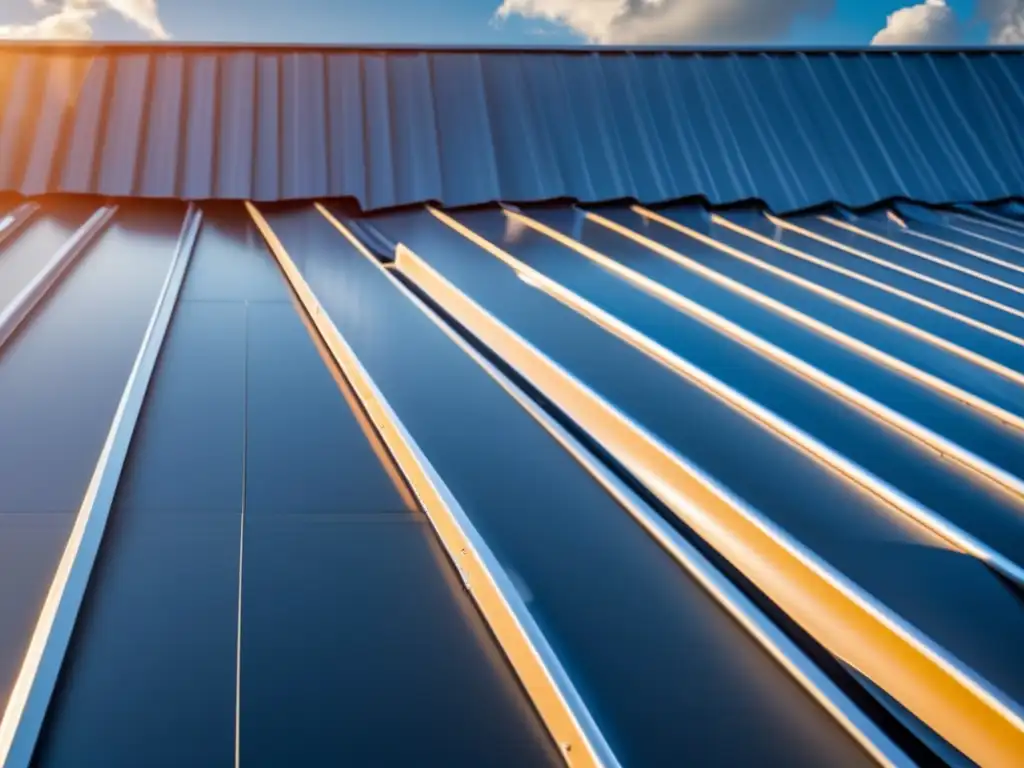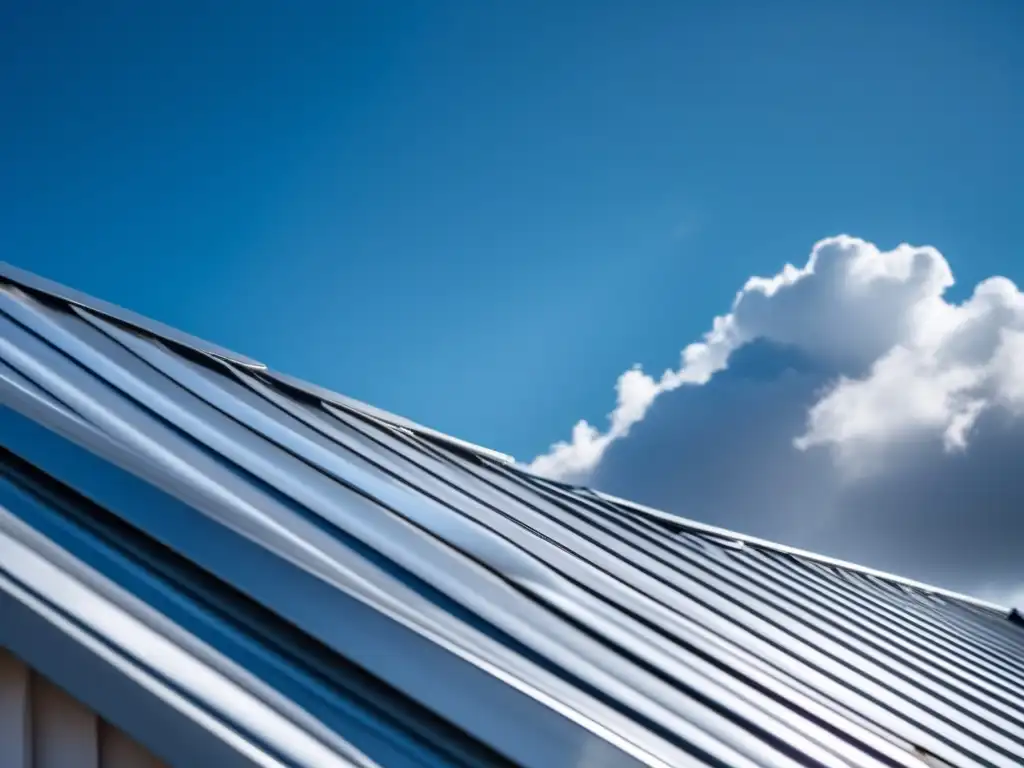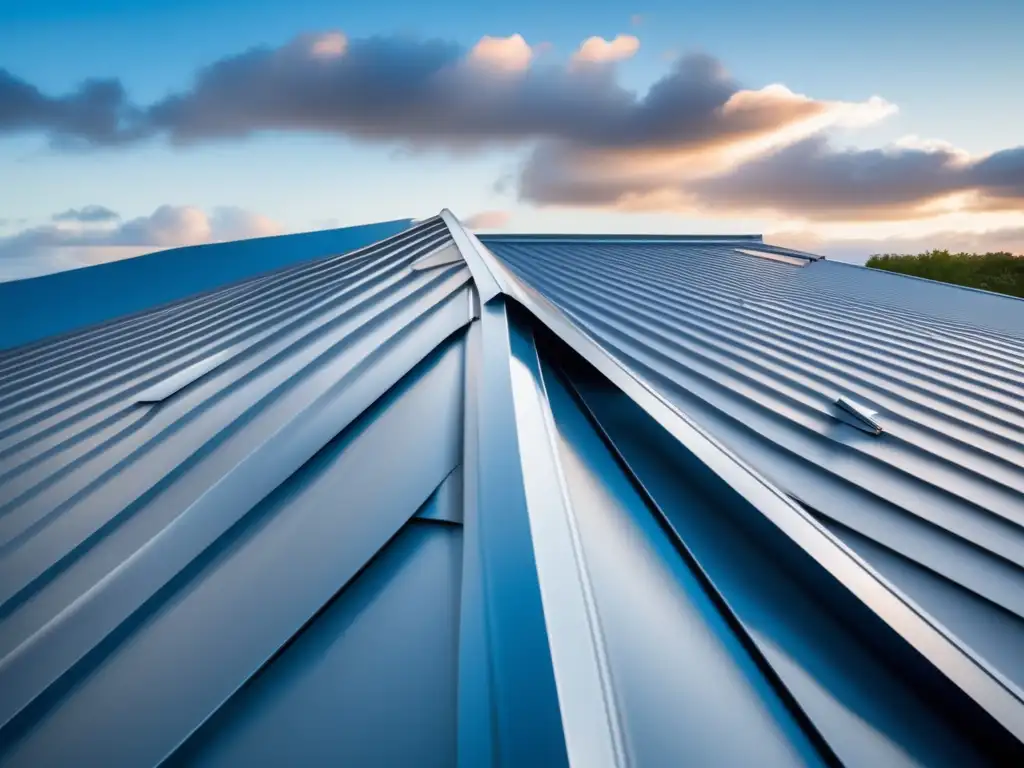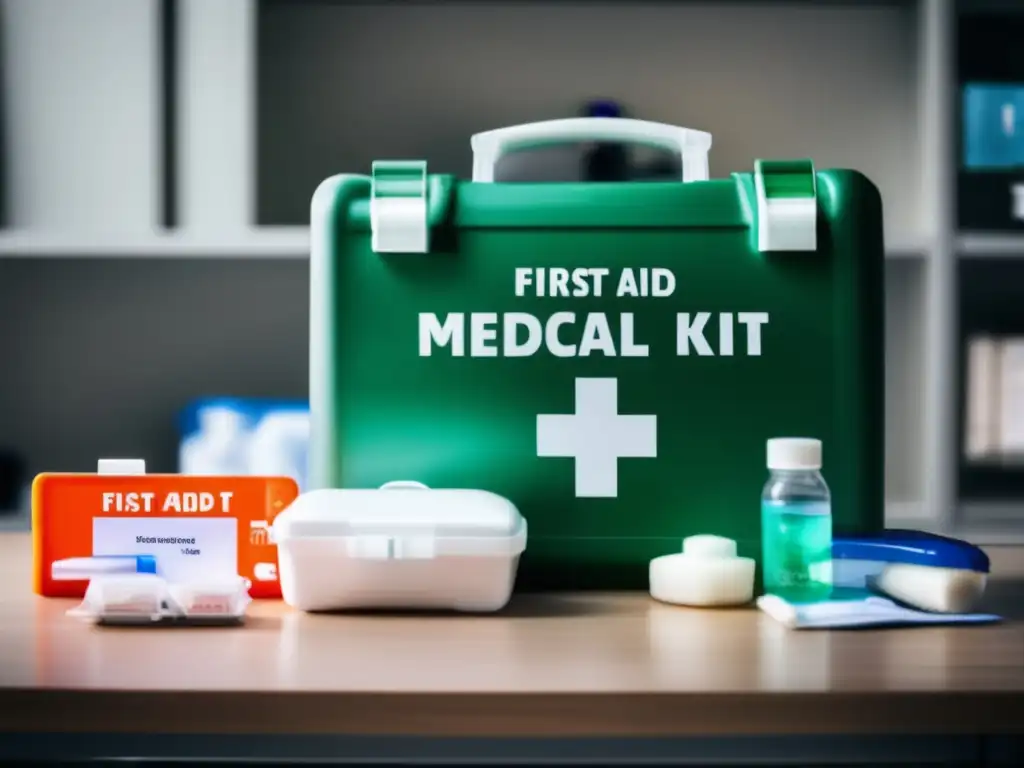Hurricane-Proof Roofing: Materials And Techniques

Hurricane-Proof Roofing: Materials and Techniques
Introduction
When it comes to hurricanes, one of the most vulnerable parts of a building is its roof. In severe storms, high winds can easily tear off shingles or even rip off entire roofs. This not only exposes the interior of the building to the elements but also increases the risk of structural damage or even total collapse. Therefore, it is essential to consider hurricane-proof roofing materials and techniques that can reduce the damage caused by these devastating natural disasters.
Metal Roofing

Durability
Metal roofing is one of the most durable materials available for hurricane-prone areas. It is incredibly resistant to high winds and flying debris and can withstand winds of up to 140 miles per hour. Metal roofs can also last up to 50 years, which is significantly longer than traditional asphalt shingles.
Fastening Techniques
The installation of metal roofing requires proper fastening techniques to ensure it can withstand hurricane-force winds. One effective method is the use of concealed fasteners, which can prevent wind uplift and secure the panels firmly in place. Additionally, metal roofing systems must have properly sealed flashing to prevent wind-driven rain from penetrating the roof.
Cooling Benefits
Metal roofing systems can contribute to energy efficiency during the hot summer months by reflecting sunlight and reducing heat gain. This can lead to lower cooling costs and greater comfort inside the building in addition to hurricane protection benefits.
Concrete Roofing

Fire Resistance
Concrete roofing is a fire-resistant material that can withstand hurricane-force winds and flying debris. It is also resistant to rot, insects, and mold, making it an ideal choice for coastal areas that are susceptible to saltwater corrosion.
Cooling Benefits
Concrete roofing can provide excellent insulation against heat and sound since concrete is a dense material. It can help to regulate the temperature inside the building, thus reducing energy consumption and increasing comfort during hot summer months.
Installation
The installation of concrete roofing requires the use of lightweight concrete tiles that can be easily transported and installed. The tiles are designed to interlock with each other, which creates a hurricane-proof roof that can withstand even the strongest storms.
Tile Roofing

Durability
Tile roofing is an excellent choice for regions that experience frequent hurricanes due to its high durability. Tile roofs are highly resistant to wind, fire, and impact damage. They can last up to 100 years or more, depending on proper maintenance and upkeep.
Installation Techniques
During the installation process, it is important to ensure that the tiles are properly fastened to the roof substrate. One effective method is the use of foam adhesive, which can help to reduce wind uplift and provide additional hurricane-resistant benefits. Some installation techniques also involve using metal straps to secure the tiles further.
Style Options
Tile roofing is available in numerous style options like Spanish, Mediterranean, or Flat style, giving homeowners and businesses flexibility in terms of design aesthetics. This adds value to the property along with providing hurricane protection.
TPO Roofing

Energy Efficiency
TPO (Thermoplastic Olefin) roofing is an excellent option for hurricane-prone areas because it reflects sunlight and reduces heat gain. It can contribute to energy efficiency by reducing cooling costs and increasing comfort inside the building.
Installation Techniques
TPO roofing is installed by welding the seams together, which creates a water-tight bond that can withstand strong winds and rainwater. Additionally, TPO roofing can be installed as a single-ply membrane, which reduces the number of seams on the roof, making it less prone to wind uplift.
Cooling Benefits
TPO roofing has excellent reflective properties that help to reduce surface temperatures and provide cool roofing benefits. This can help to mitigate the urban heat island effect and combat climate change.
FAQ

-
What are the best type of roofing materials for hurricane-proofing my building?
Metal roofing, concrete roofing, tile roofing and TPO roofing are among the best options for hurricane-proofing your building.
-
Why is it important to install hurricane-proof roofing materials?
Hurricane-proof roofing materials can help to reduce the damage caused by hurricanes, including preventing structural damage, loss of personal property, and protecting the occupants inside the building.
-
Are hurricane-proof roofing materials more expensive than traditional roofing materials?
While the upfront cost of hurricane-proof roofing materials may be higher, they tend to last longer, require less maintenance, and can save money on energy bills. Additionally, insurance companies may offer discounts or incentives for installing hurricane-proof roofing materials.
-
Can I install hurricane-proof roofing materials myself?
It is highly recommended to have professional installers with experience in hurricane-prone areas install hurricane-proof roofing materials to ensure proper installation techniques and avoid potential mistakes which could compromise the functionality of the roof.
-
What are some other hurricane-preparation tips for my building?
Other hurricane preparation tips include securing windows and doors, trimming nearby trees, stocking up on emergency supplies, and having a plan for evacuating or sheltering in place.
Conclusion
Hurricane-proof roofing materials and techniques are essential for those living in hurricane-prone areas. Metal roofing, concrete roofing, tile roofing, and TPO roofing are excellent options that can reduce damage caused by hurricanes, protect the occupants inside the building, and increase the value of the property. It is essential to have professional installers with experience in hurricane-prone areas to ensure the proper installation techniques are used. Moreover, these sustainable and energy-efficient roofs help to mitigate climate change while providing long-lasting protection.
At HurricaneInsider.org, we provide comprehensive information on hurricanes, and we aim to assist individuals who live or work in these regions to prepare for, survive, and recover from these natural disasters. We encourage our readers to share their thoughts in the comments section and to positively engage with us, whether by subscribing, sharing the article on social media, or other forms of participation. Thank you for your time and attention.
Additional Resources

For more information on hurricane-proof roofing materials and techniques, refer to the following resources:
If you want to discover more articles similar to Hurricane-Proof Roofing: Materials And Techniques, you can visit the Hurricane preparedness: category.
Leave a Reply




Articulos relacionados: